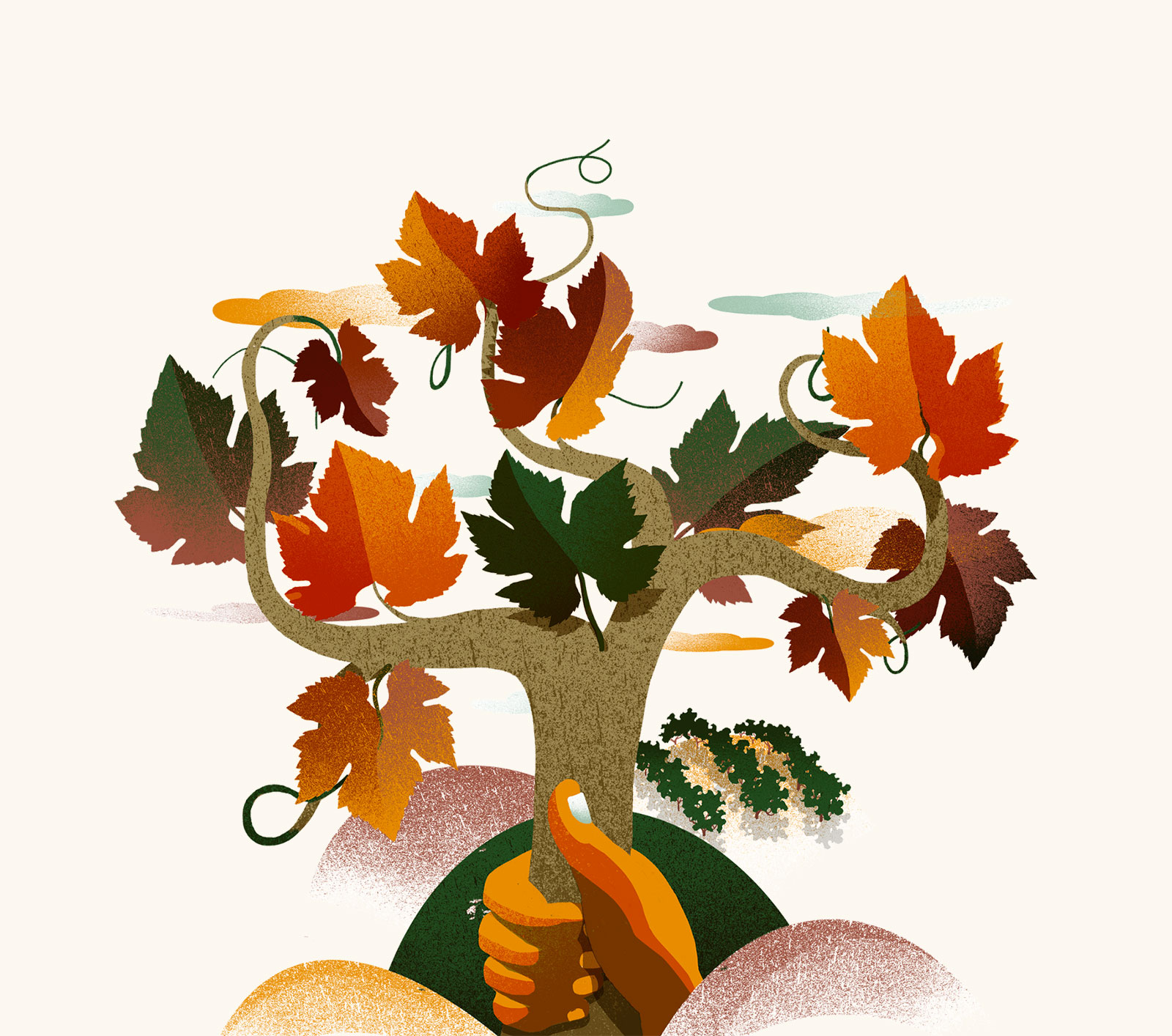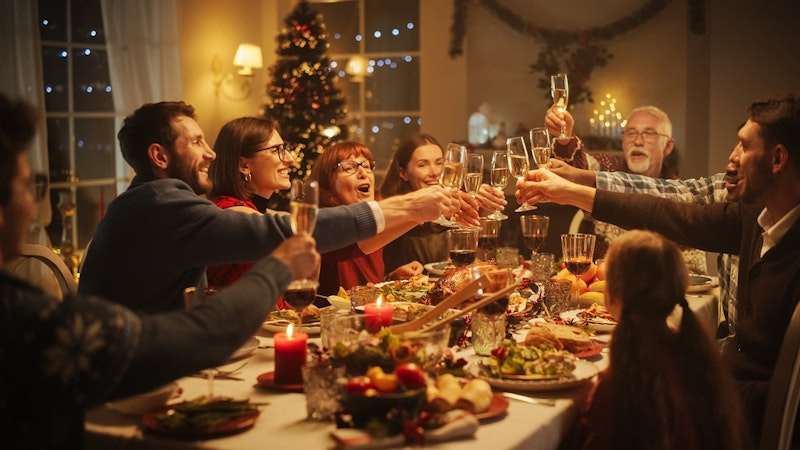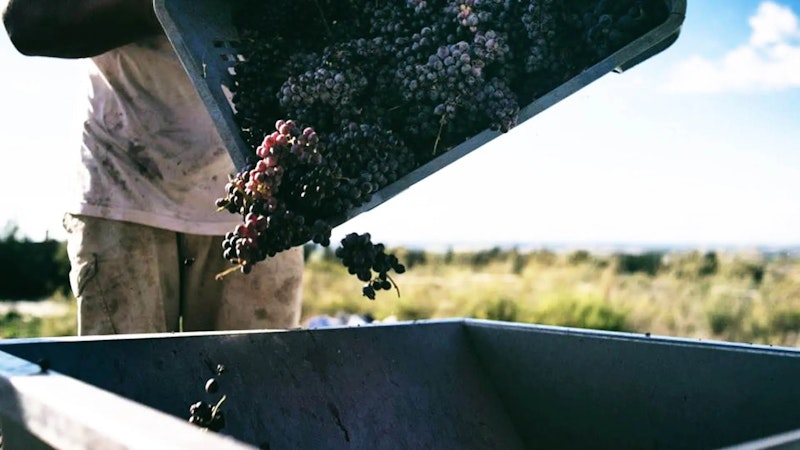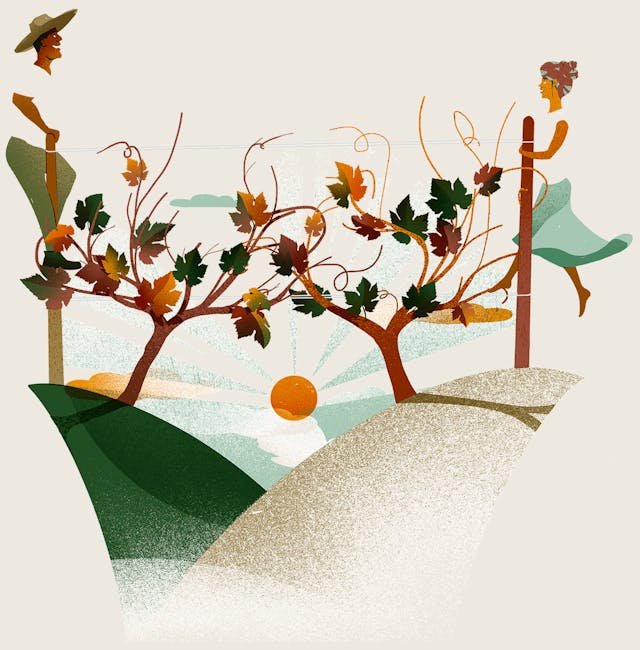Discover..Alto Adige
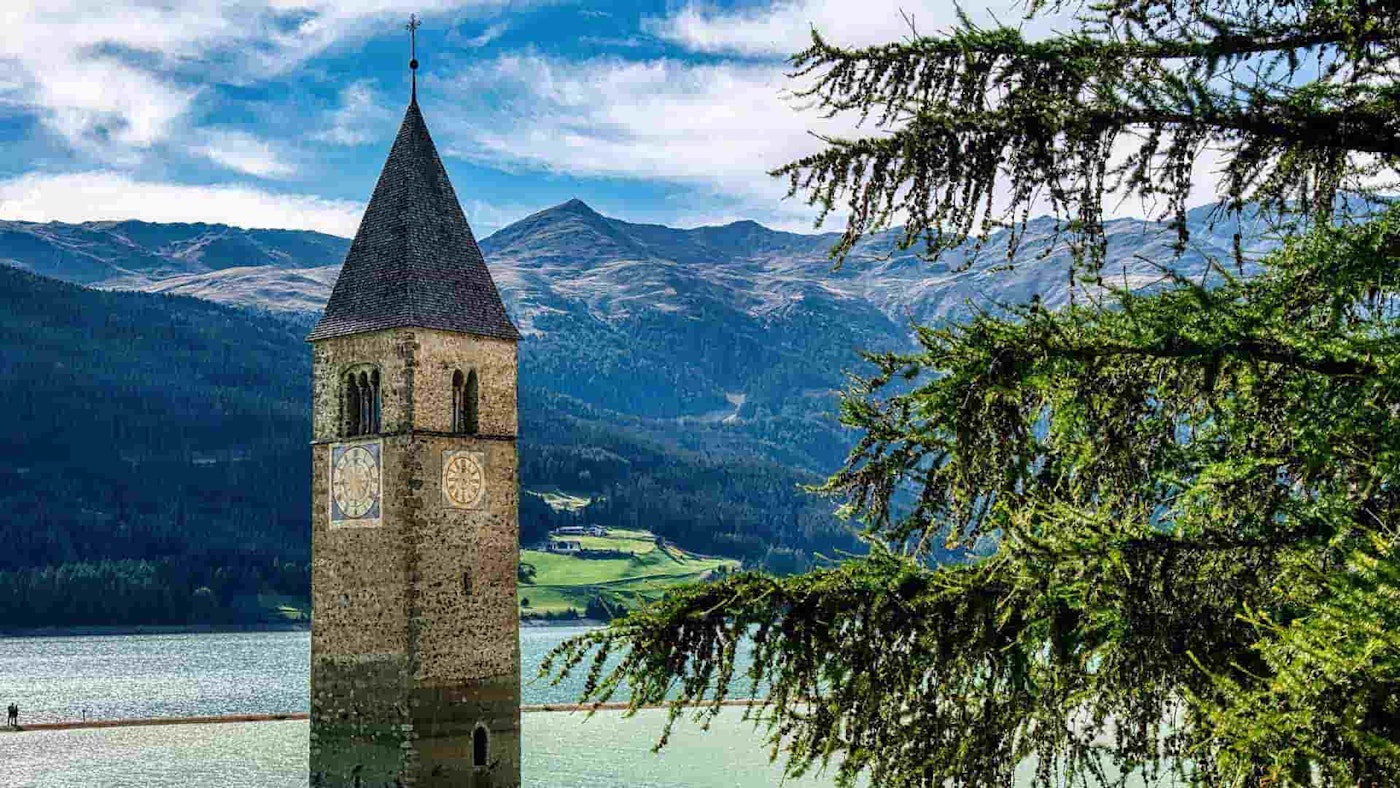
The Alpine-Mediterranean climate, the quality of the soil and the enviable position of the vineyards, a land of contrasts where Alpine and Mediterranean features, mountains and valleys, towns and rural agglomerations coexist in harmony: all this is the secret of the quality and uniqueness of South Tyrolean wines.
There are many varieties in South Tyrol, corresponding to the different climatic and terroir conditions of this small region: South Tyrol is one of the smallest wine-producing areas in Italy, but thanks to its geographical position it is also one of the most varied. From the "heroic" vineyards in the highest parts of South Tyrol to the sun-drenched plots in the valleys, from the arid porphyry terroir to the limestone and dolomite rocks, we do not produce wines inspired by current fashions, but rather authentic wines, rich in character and proud of their specificity.
Alto Adige: climate and territory
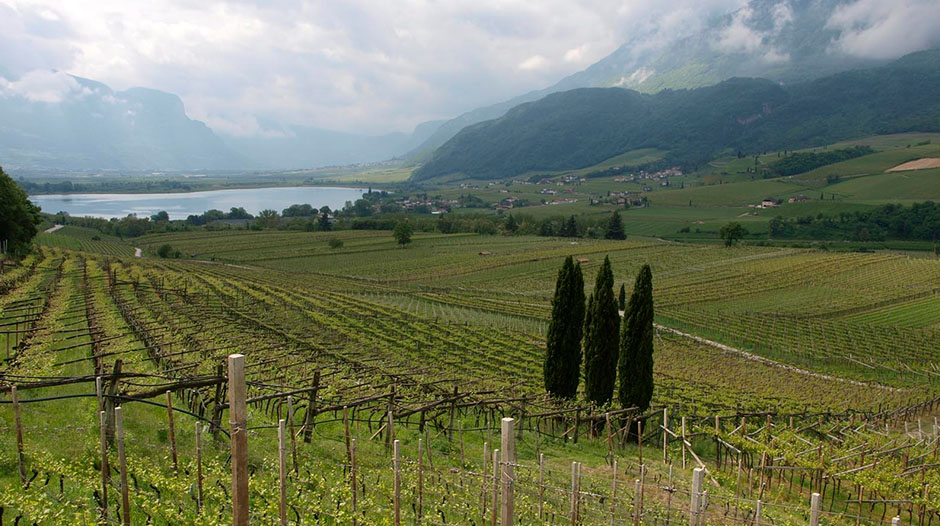
When we speak of microclimatic conditions, we are referring primarily to the weather, which in South Tyrol is strongly influenced by the presence of the Alpine chain to the north and the Mediterranean influence to the south. Geomorphological conditions', on the other hand, refers mainly to the composition of the soil: there are 150 different types of parent rock in South Tyrol, which have moved and mixed over time, creating a very varied terrain that allows the growth of grape varieties with very different characteristics.
The diversity of the terroir and the contrast between the different climatic influences, on the one hand, and the long experience and innovative drive of the estates, independent winegrowers and cooperative cellars, on the other, give rise to a variety of wines rich in character. Sparkling wines, wines with fruity notes, sophisticated selections and refined sweet wines are all excellent ambassadors of the South Tyrolean way of life and production. In addition to the native red varieties Lagrein and Schiava, the many advantages of the South Tyrolean terroir seem to be congenial to numerous other grape varieties (62% of production is currently white), which express all their aromatic richness between the Alpine peaks and the cypresses of the valley floor.
The wine cellars
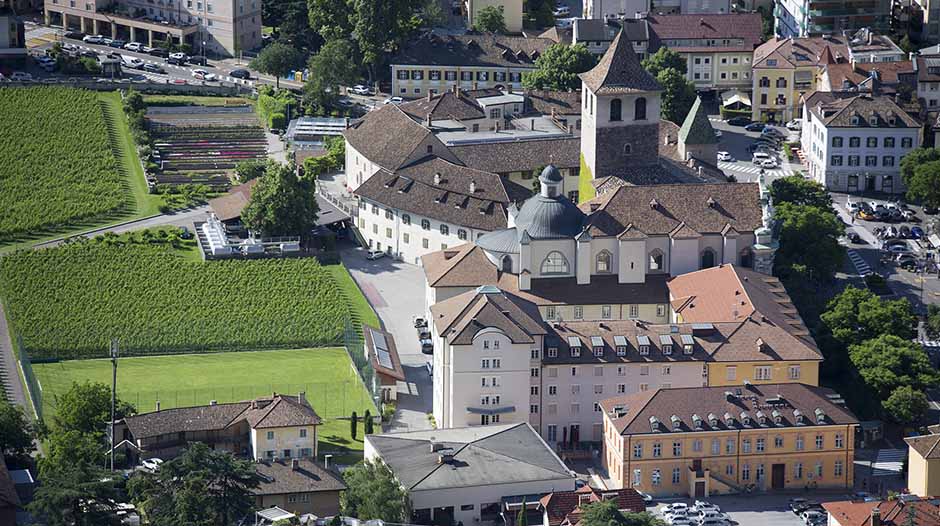
More and more wineries are specialising in the wines that best represent their terroir, as can be seen, for example, in that veritable hotbed of quality wines that is the Valle Isarco, a narrow valley that narrows to the north and exalts the fragrance and depth of Sylvaner, Riesling and Veltliner. The eastern side of Oltradige is the home of Pinot Noir, with Mazzon representing the true Italian Grand Cru for this grape, while the depth and class of Pinot Blanc can be found in the Appiano and Terlano areas. A jigsaw puzzle of wines and histories that covers the entire province, playing with altitudes, exposures and soils, allowing producers to highlight sometimes contradictory characteristics: the power of Lagrein from the Bolzano plain, the finesse of mountain Rieslings from Vinschgau, the savoury and intriguing lightness of Kalterersee and Santa Maddalena, the depth of Terlaner. Finally, South Tyrolean sparkling wine deserves a special mention: In 1902 the Cantina di Appiano produced the first sparkling wine in South Tyrol, made from Riesling grapes, although the first real appearance of sparkling wine in South Tyrol was at the Bolzano Wine Exhibition in 1911. After the First World War, sparkling wine production in South Tyrol came to a standstill, only to be resumed in 1962 by Sebastian Stocker, one of the region's wine pioneers, who produced the first Brut, but it was not until 1965 that South Tyrolean sparkling wine produced using the Charmat method was launched on the market under the Kettmeir winery label. Following this experience, in the mid-1970s the Haderburg, Arunda, Praeclarus and V. Braunbach wineries began to refine excellent wines using the classic method, and today there are eight wineries in South Tyrol that together represent one of the most prestigious classic method productions in Italy.
Doc and subareas
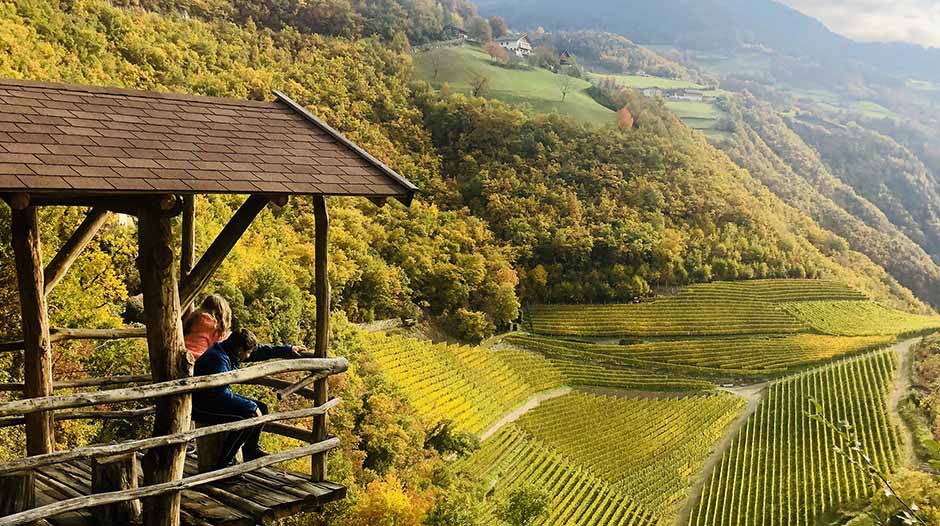
In South Tyrolean wine production, the controlled denominations of origin 'Alto Adige' and 'Lago di Caldaro' are used for DOC wines, to which sub-zones may be added.
The name 'Alto Adige' may be used for all grape varieties grown in South Tyrol in accordance with the DOC regulations. The indication of the grape variety used must follow that of the designation of origin (e.g. 'Alto Adige Lagrein'). If no grape variety is indicated, the name may be used only for sparkling wines or for the so-called "Südtiroler Weiß" (South Tyrolean white).
If 'Kalterer See' is produced in one of the sub-zones classified for South Tyrol, it may be accompanied by either the term 'Classic' or the term 'Südtirol'. Bottles of higher quality may also be marketed under the name 'Selected'.
Only white wines are produced in Val d'Isarco, with the sole exception of 'Klausner Leitacher' in Klausen. The name 'Alto Adige Valle Isarco' must be followed on the label by the name of the grape variety or the name of the cru. The authorised grape varieties are Sylvaner, Veltliner, Pinot Grigio, Müller Thurgau, Kerner, Traminer aromatic and Riesling for white wines.
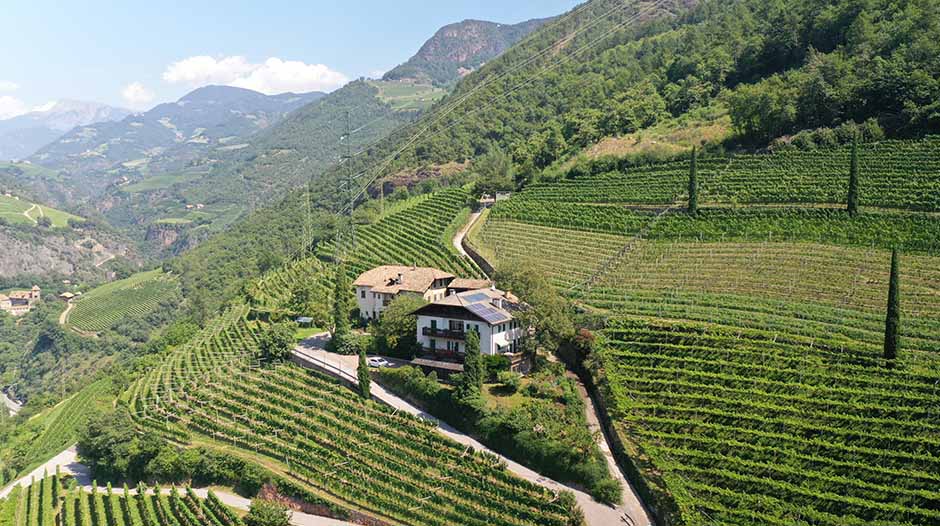
The "Santa Maddalena", grown on the slopes north of Bolzano, is a classic Schiava wine, although it can contain up to 15% Lagrein or Pinot Noir. If the Santa Maddalena comes from the Santa Maddalena, Santa Giustina, Rencio, Le Coste (Leitach) or San Pietro crus, the term 'classic' may also appear on the label.
Alto Adige Terlano may be used only for white wines produced in the Terlan area. If no grape variety is indicated, the name Alto Adige Terlano indicates a blend of at least 50% Pinot Bianco and/or Chardonnay.
Alto Adige Merano' DOC wine is produced in the area around the town of Merano and is made exclusively from the Schiava grape variety. Alto Adige Vinschgau is the youngest of the Alto Adige DOC sub-regions and the regulations allow the use of Pinot Bianco, Chardonnay, Pinot Grigio, Müller Thurgau, Riesling, Kerner, Traminer Aromatico, Schiava and Pinot Noir. Alto Adige Val Venosta' must always be followed by the name of the grape variety. Finally, 'Colli di Bolzano' is a Schiava grape variety whose production area surrounds the 'Santa Maddalena' production area like a belt.
Recently, Alto Adige has been working on the introduction of about eighty mentions, which could be said to correspond to the French 'crus': a further step towards even higher production quality.
It should also be remembered that Alto Adige also produces versions of still white wines from 'Vendemmia Tardiva' (grapes left on the vine after physiological ripening in order to increase the concentration of sugars in the fruit itself, thus obtaining wines that are undoubtedly sweeter, less acidic and more intense in flavour) and highly prized passito wines such as Moscato Rosa and the much-loved Gewurztraminer Passito.
The cooperatives model
The South Tyrolean wine industry, now well established and highly developed, experienced very difficult times in the nineteenth century: high import duties, export taxes, pest infestations and vine diseases often threatened the survival of many small private wineries. It was out of this emergency that the initiative was taken by a few winegrowers in Andriano who, in 1893, formed a consortium to create the first "social winery" in South Tyrol. Others soon followed and today the twelve social cellars in the province of Bolzano bring together a large number of winegrowers of different sizes, uniting them into a major economic force.
At present, the social cellars of South Tyrol are responsible for 3.332 hectares of vineyards and 74 per cent of the total production of South Tyrol. The cooperative system guarantees nearly 3,200 winemaking families a solid and profitable business, continuous professional training, a common market presence and a level of technological innovation that individual winemakers could not even begin to achieve. "The Consortium of South Tyrolean Winegrowers," explains President Andreas Kofler, "is the common voice of the social wineries in the province of Bolzano, and strives to ensure that each winery can concentrate on its own strengths and that South Tyrolean wine production as a whole can continue to grow in line with ecological and social requirements. This means promoting the health of the soil, high quality and variety, but also guaranteeing purchase prices for the grapes delivered, which, despite the reduction in yields, guarantee a fair income for each wine-grower and make a valuable contribution to preserving the landscape and the beauty of our territory".
The associations
However, there is no shortage of private bodies that act as ambassadors for local wine production in Italy and abroad. The Consortium of South Tyrolean Wineries is an example to which the entire wine-producing sector in the region looks: in fact, over the last century, its members have been led by charismatic personalities who have profoundly influenced the identity of private wine producers in South Tyrol. In 1946, the Union of Wine Merchants was founded to promote the trade and export of local wines. In 1971, with the foundation of the South Tyrolean Wine Union, the members decided to bring together the common moral, legal and material interests of viticulture, winemaking and wine distribution. Since 2004, this association has been known as the Tenute dell'Alto Adige and brings together 33 historic estates and private wineries. Finally, since 1990 there has been the Association of South Tyrolean Sparkling Wine Producers, a small organisation that brings together eight excellent local producers. The Alto Adige Wine Consortium, founded in 2007, brings together all those involved in wine production in the region and is therefore the reference point for all strategic, technical, regulatory and cultural issues relating to the world of wine in Alto Adige. The Consortium is the interface between the winegrowers and all the institutions involved in the wine sector in the Province of Bolzano. Independent winegrowers, estates and cooperative wineries consider the Consortium as their interlocutor and advisor for EU-funded projects, research activities, regulatory issues, production regulations and specifications, compilation of registers and advice on marketing activities in Italy and abroad.
Typology
Alto Adige Gewürztraminer
It is made from at least 85% Traminer Aromatico and the rest from white grape varieties considered suitable for cultivation in the province of Bolzano. The minimum alcoholic content is 11.50% vol. It is an aged white wine with a straw-yellow to golden colour, a slightly aromatic to intense aroma and a full, pleasantly aromatic, dry or semi-dry taste.
Food pairing: Gewürztraminer is a very full-bodied wine that should not be used with creamy dishes. It is a wine that goes well with the quintessential French dish, foie gras, especially if it comes from a late harvest and has good residual sugar. Gewürztraminer can be paired with bacon, as this wine goes well with smoked meats and carne salada. Dumplings with mushrooms, Puzzone di Moena and fondues go well with Gewürztraminer. It can also be served with shellfish such as lobster, with basmati rice and curried prawns, crab soups and tempura of various kinds. It is also perfect with Chinese cuisine: rice or Chinese fish dishes, white meat and anything spicy goes well with Gewürztraminer. Even in Thai cuisine, all the ingredients go well with this wine. Gewurztraminer also goes well with short pastry and truffle dishes. The red light, on the other hand, goes well with asparagus and in general with green and acidic vegetables, but also with pumpkin and potatoes, with which you can make delicious creams. It is also perfect with fish amatriciana or bucatini cacio e pepe.
Alto Adige Pinot Grigio (Vino Bianco)
It is made from at least 85% Pinot Grigio and the rest from other white grape varieties considered suitable for cultivation in the province of Bolzano. It has an alcoholic content of at least 11.50% vol. It is a white wine with a straw-yellow colour, a not very pronounced aroma, a pleasant taste and a dry, full, harmonious and characteristic flavour.
Pairings: Pinot Grigio is excellent as an aperitif and can be served with hors d'oeuvres with sliced meat, fish dishes, seafood salads, seafood risottos, baccalà mantecato and delicate pasta, pasta with cream, mushroom dishes, white meats, cheeses and cheese sauces and omelettes.
Alto Adige Spumante (Vino Bianco Spumante) Blanc e Rosé
The grape varieties used to produce Alto Adige Spumante are Pinot Bianco and/or Pinot Nero and/or Chardonnay, with a minimum of 20% Pinot Nero in the rosé version.) In both cases, the minimum alcoholic content is 11.50% vol. In the white version, the sparkling wine has a fine, persistent head, a more or less intense straw-yellow colour with possible greenish or golden reflections, a fine, delicate, broad and complex aroma and a savoury, fresh, fine and harmonious flavour. The rosé version has a fine and persistent mousse, a more or less intense pink colour, an aroma characteristic of bottle fermentation (yeast, bread crust), a delicate, fine, broad and complex bouquet and a savoury, fresh, fine and harmonious taste.
Pairings: Both white and rosé wines can be enjoyed as an aperitif or throughout a meal. Of course, it all depends on the months of ageing on the lees, but in general we can say that both are perfect with bacon and local cheeses, from blue to more mature ones. They are also excellent with dumplings, game and, of course, fish and shellfish, in the rosé version also prepared in guazzetto or sautéed.
Alto Adige Lagrein (Vino Rosso)
This wine is made from at least 85% Lagrein, an indigenous South Tyrolean grape variety, and the rest from black grapes considered suitable for cultivation in the province of Bolzano. The alcohol content is 11.50% vol. It is a red wine with an intense ruby red to garnet red colour, a dry, pleasant aroma typical of the variety and a dry, soft, velvety, full-bodied taste.
It goes well with food: Lagrein is a wine that combines depth and freshness, with a strong, accentuated acidity that makes it ideal with grilled meats, strong, smoked cured meats or meat terrines. It also goes well, especially when aged, with the meat sauces of traditional Italian first courses: pasta with meat sauce and lasagne. The pleasantly spicy notes, combined with a distinct hint of red fruit, suggest its pairing with traditional Austrian dishes such as Wienerschnitzel, served with blueberry jam.
Alto Adige Schiava (Vino Rosso)
This wine is made from at least 85% Schiava, an autochthonous South Tyrolean grape variety, and the rest from black grape varieties considered suitable for cultivation in the province of Bolzano. The alcohol content is 10.50% vol. It is a red wine with a light to medium ruby colour, a pleasant fruity aroma and a dry, soft and pleasant taste. It is also well known in its rosé version.
Pairings: Particularly suitable with typical Tyrolean dishes such as dumplings in broth, vegetable soups or mushroom dishes, bacon and sliced meat and, in general, all rich dishes with a particularly intense aromatic profile.
Alto Adige Pinot Nero (Vino Rosso)
It is made from a minimum of 85% Pinot Noir and the rest from black grapes considered suitable for cultivation in the province of Bolzano. The alcohol content is 11.50% vol. Alto Adige Pinot Noir is considered the best Pinot Noir in Italy. It is a red wine with a ruby red colour that tends to orange with age, an ethereal, pleasant, characteristic aroma and a dry, soft or full taste with a bitterish, harmonious aftertaste.
Pairings: Dumplings with bacon, spätzle, venison fillet with blueberries, Tyrolean goulash with polenta are among the dishes that best accompany this versatile and extremely elegant wine. Its tannins and freshness help to degrease many Chinese dishes that don't play around with richness, but at the same time its light structure doesn't hide the nuances of ginger, Sichuan pepper and cloves present in many dishes. Speck, capocollo, cracklings, smoked game sausage and all sausages in general will always find a ready companion in a bottle of Alto Adige Pinot Noir, as will snails, roast chicken and lamb dishes. It should be avoided with very spicy, bitter and hot dishes.
